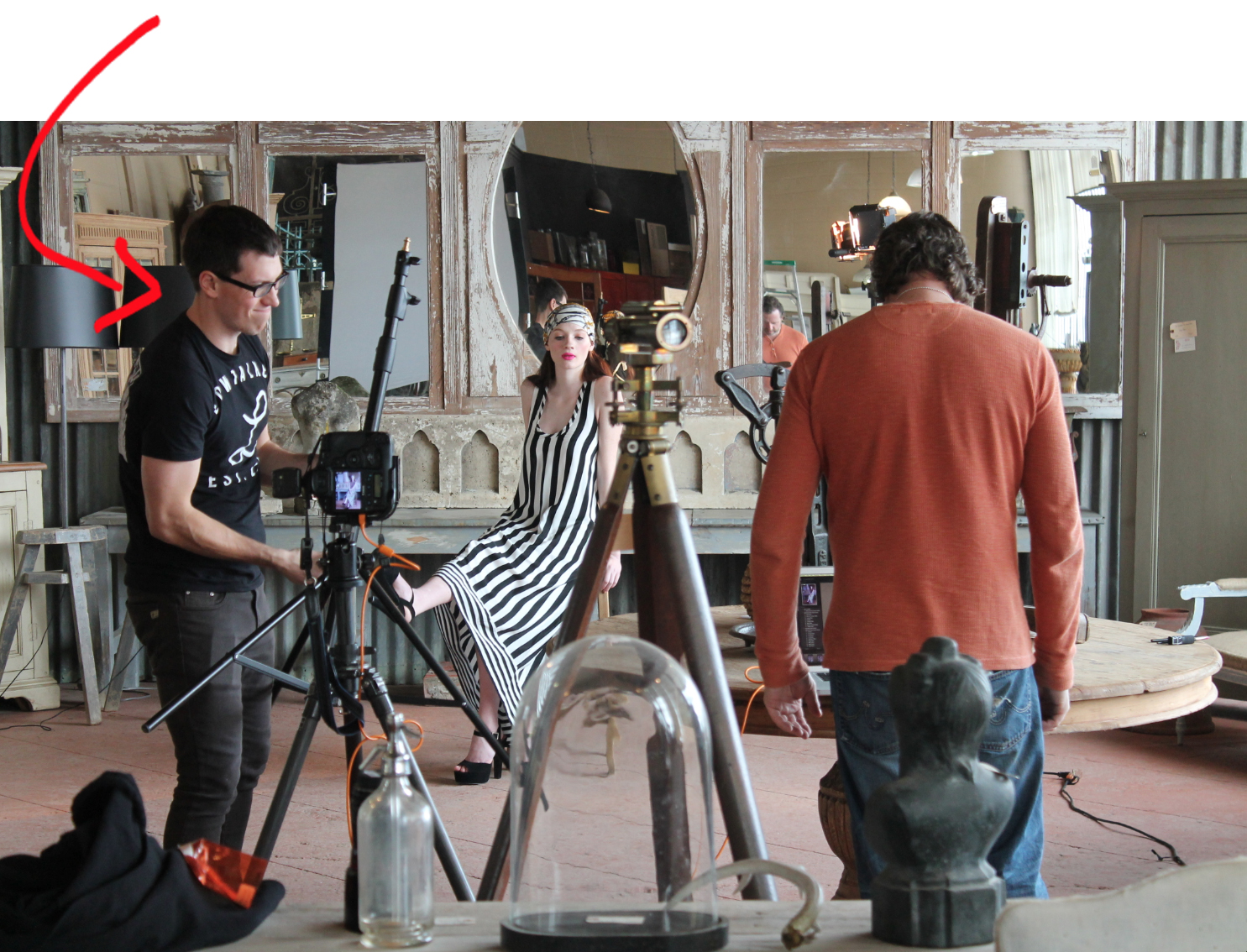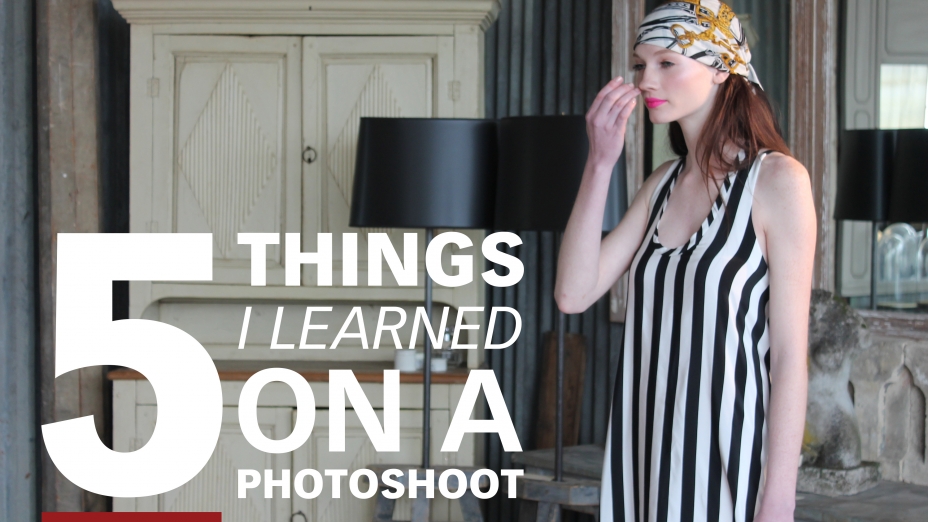I’ve always wanted to be involved in a photo shoot. A heavily-styled shoot with a bevy of people running around like chickens with their heads cut off has always been, for me, a thing of dreams.
I’m fascinated by the intricacies, the scenes behind the scenes and have always yearned to know what happens behind the photographer’s lens: Is there yelling? Do models get hurt? Do shoes go missing? Is there lunch?
My curiosity led me to our Avenue department to chat with the art director, Venessa Brewer, who immediately insisted that I attend all of Avenue‘s photo shoots and document the behind-the-scenes process for all the world to see. This sounded like a huge undertaking, but I jumped at the chance. As RedPoint’s social media strategist and one of its marketing coordinators, I could think of no better way to learn about photo shoots than to spend an entire day with Avenue on location at Uniquities Architectural Antiques, capturing the mag’s spring fashion spread for May 2013.
Here are the top 5 things I learned.
- Photo Shoots Take Lots of Planning. A lot of effort goes into coordinating a fashion shoot. Scheduling, arranging the location, booking models and making sure all the clothes are delivered are just some of the responsibilities of the Avenue crew. Months before the actual shoot, the storyline and vision are hashed out and fashion choices are decided upon. Flirty dresses in the middle of February? Someone’s gotta get ’em. And then there are the details. Details make or break a fashion shoot, and everything is important, right down to the sock a model wears. Rarely is there happenstance, since most shoots are indeed calculated months in advance.

- Models Don’t Have it Easy. OK, I didn’t say that modelling was hard, but standing around all day like a clothespin can’t be the most pleasant job in the world. With people prodding and poking at them constantly, pulling their hair and painting their faces, forcing them to wear tiny shoes and ill-fitting garments, you’d swear they were either clowns or a targets for bullies. Add to this the sheer exhaustion of having to stand all day, sometimes under bright, hot lights, posing and constantly looking angry, sexy, angrily sexy, sexily angry, back to angry, and you have all the makings of becoming America’s Next Top Caged Animal. But hey, as long as the photos turn out well, everybody’s grinning … except maybe the models.

- Pictures Lie. This isn’t anything new: magazines work on long lead times. It’s not a secret that photo shoots happen months before the actual pictures appear in the magazine, and in our case, Avenue‘s spring fashion shoot took place in early March when snow covered most of the country and the windchill could kill a man in minutes. This planning means that the photo shoot is in fact being discussed and planned four to five months in advance of when it takes place. This may seem like an eternity, especially given our radically different seasons, but you wouldn’t know it by looking at the spread. When May’s issue hits the newsstands, the models — stuffed into clothes that are pinned to their backs with bulldog clips, in ill-fitting shoes with tapped soles safely hidden from view — look lovelier than ever.

- Beauty Takes Time. Looking model-perfect doesn’t just happen. A team of skilled make-up professionals and stylists works diligently to get the models looking their best for the camera. It’s makeup artist Tara Anand who, at 8 a.m., is already wielding a can of hairspray in one hand and an eyeliner in the other, even before the photographer is set up. There’s a lot of hair gel on set and a great deal of clothing options to get through. Prepping Kristin and Clark (the models) takes place throughout the day, and because of how many different looks there are to achieve, touch-ups happen constantly. And for the sake of beauty, production must pause when someone suggests having a model wear an Hermès scarf as a head wrap. There is never a dull moment (or dull lipstick) on set.

- Crowds Are Good. As can already be deduced, fashion shoots need people. A lot of brilliant people. People with punctuality and a steady hand; creative people with the vision to turn the mundane into the extraordinary; constructive people who are good with their hands; and pretty people who look good in just about anything, even a burlap sack. From the photographer to the stylist, to the stylist’s assistants and the hair and makeup artist, to the magazine’s associate editor and art director, to the lighting guy/girl and the models themselves, it’s always a full house. And each is necessary and relevant. The stylist, Crystal McKenzie, makes the fashion calls, while Ricky Zayshley, the associate editor, makes the final call. Art director Venessa lays out the whole artistic scene in her head while talking with photographer Dan Bannister, who choreographs the models with the lighting assistant and hair and makeup artist. It’s a team effort right from the get-go and every single person is principal to its successful outcome. To the reader, it’s all about the clothes, the models and the photographer. But I now know that’s just the tip of the iceberg — there’s so much more going on under the surface.
For more behind-the-scenes shots like these, check out the photo shoot album on our Facebook page.

